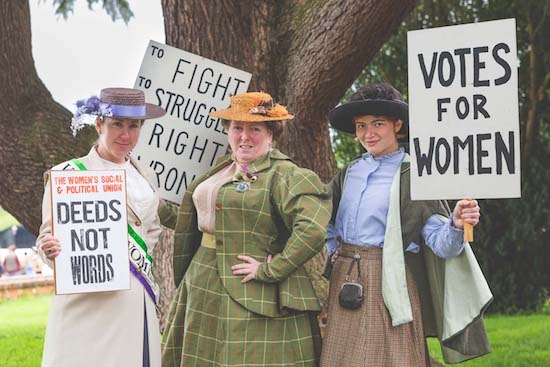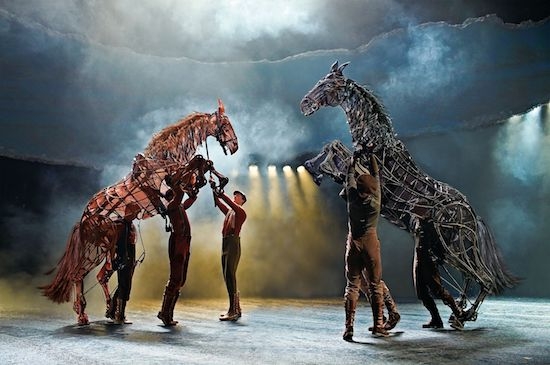The Parks Trust is celebrating as Campbell Park is recognised as one of the finest post-war parks in the country!
Campbell Park which resides in the heart of the city, has been registered by Historic England as a Park of Special Historic Interest in England and is now Grade II listed.
Campbell Park is one of four landscapes in the South East to have been granted this protection and added to the Register of Parks and Gardens, which forms part of the National Heritage List for England. It’s one of only 20 parks nationally to have received this accolade this year.
Over the past three years Historic England and the Gardens Trust have been working on a collaborative campaign ‘Compiling the Record’ which sought to add to the knowledge base of post-war landscapes and to seek protections of these spaces, which were also previously underrepresented on the National Heritage List of England. The campaign asked for nominations from the public and a shortlist was drawn up, which included Campbell Park.
The Grade II registered status was awarded due to Campbell Park’s historic interest and innovative architectural design. Campbell Park is one of the largest parks to be laid out in England in the 20th and 21st Century and where its design takes on elements from the 18th and 19th Century it fuses them into a contemporary design fitting for this pioneering new city of Milton Keynes.
Various schemes for the park were created in the early 1970s such as the well-known aerial perspective drawing by Helmut Jacoby and elements from that, such as the belvedere, can be seen in the park today. But it wasn’t until Neil Higson was appointed as Head of the Central Landscape Design Team at Milton Keynes Development Corporation in 1976, that the master plan for the park was created and subsequently published in 1980.
Follow Total MK on Facebook: here and twitter here for breaking news in Milton Keynes
The park forms a central feature in the plan of Milton Keynes, Britain’s most successful post-war new town. It connects Central Milton Keynes to the wider landscape and the expansive linear park network that can be accessed by all for free across the city. Within the park itself you’ll find natural and man-made topography as well as public art, water features, the Grand Union Canal, a first-class cricket pitch, open-air auditorium along with well though out planting designed to encourage biodiversity.
Today, Campbell Park is managed by The Parks Trust who have been its custodians for almost 30 years. They have maintained and improved the park year on year and are proud of its success. They run and licence hundreds of events and activities within Campbell Park each year for the benefit of the local community. They have conserved the park’s biodiversity, including enhancing its now wild flower-rich meadows where sheep can be seen grazing at certain times of the year, right in the heart of the city. Their mission is to care for the parks in Milton Keynes forever and so we can be rest assured that this beautiful park will be around for the enjoyment of generations to come.
Rob Riekie, Landscape and Operations Director at The Parks Trust said: ‘We’re delighted that Campbell Park has been recognised by Historic England and has now been named designated a Park of Special Historic Interest with Grade II status. Our team at The Parks Trust have cared for this park for close to 30 years and are extremely passionate about ensuring its longevity for future generations. These new protections from Historic England will now help us in doing this whilst also ensuring we’re able to continuously make improvements to the park for the benefit of the city.’
Michael Bellamy, Historic England Listing Adviser added:: “Campbell Park reflects the pioneering spirit of Milton Keynes, connecting the urban centre to the wide, pastoral landscape beyond. It is one of the largest urban park landscapes created in England in the 20th and 21st century and I’m delighted to see it added to the National Register of Parks and Gardens of Special Historic Interest. The past few months have shown that our parks and outside spaces enhance our lives and are essential for our wellbeing, and this recognition will help to protect Campbell Park so that it can continue to be used and enjoyed as it was designed to do.”















